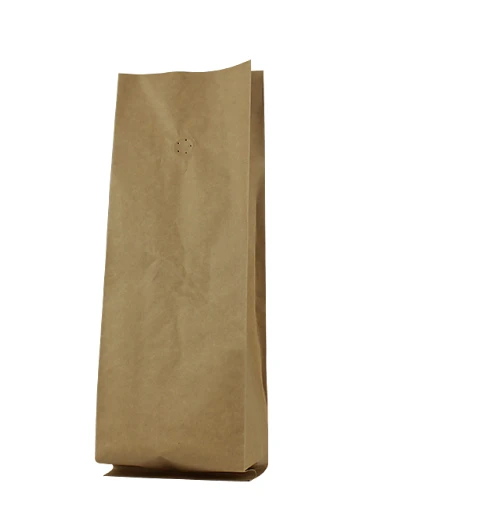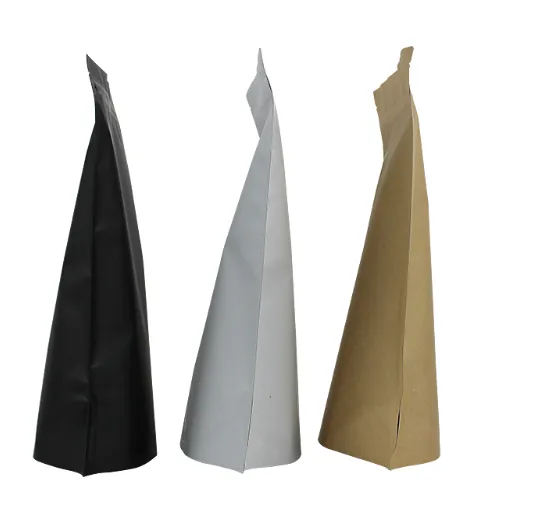- Afrikaans
- Albanian
- Amharic
- Arabic
- Armenian
- Azerbaijani
- Basque
- Belarusian
- Bengali
- Bosnian
- Bulgarian
- Catalan
- Cebuano
- chinese_simplified
- chinese_traditional
- Corsican
- Croatian
- Czech
- Danish
- Dutch
- English
- Esperanto
- Estonian
- Finnish
- French
- Frisian
- Galician
- Georgian
- German
- Greek
- Gujarati
- haitian_creole
- hausa
- hawaiian
- Hebrew
- Hindi
- Miao
- Hungarian
- Icelandic
- igbo
- Indonesian
- irish
- Italian
- Japanese
- Javanese
- Kannada
- kazakh
- Khmer
- Rwandese
- Korean
- Kurdish
- Kyrgyz
- Lao
- Latin
- Latvian
- Lithuanian
- Luxembourgish
- Macedonian
- Malgashi
- Malay
- Malayalam
- Maltese
- Maori
- Marathi
- Mongolian
- Myanmar
- Nepali
- Norwegian
- Norwegian
- Occitan
- Pashto
- Persian
- Polish
- Portuguese
- Punjabi
- Romanian
- Russian
- Samoan
- scottish-gaelic
- Serbian
- Sesotho
- Shona
- Sindhi
- Sinhala
- Slovak
- Slovenian
- Somali
- Spanish
- Sundanese
- Swahili
- Swedish
- Tagalog
- Tajik
- Tamil
- Tatar
- Telugu
- Thai
- Turkish
- Turkmen
- Ukrainian
- Urdu
- Uighur
- Uzbek
- Vietnamese
- Welsh
- Bantu
- Yiddish
- Yoruba
- Zulu
Eco-Friendly Brown Paper Packing Rolls Recyclable & Durable
- Introduction to the importance of sustainable packaging
- Market statistics & environmental impact data
- Technical advantages of brown paper packaging
- Supplier comparison & performance metrics
- Customization capabilities for industry needs
- Real-world application case studies
- Recyclability and future industry outlook

(brown paper packing)
The Rising Demand for Brown Paper Packing Solutions
Global e-commerce growth has accelerated demand for protective packaging by 28% since 2020 (Statista 2023), with brown paper packing
emerging as a market leader. Unlike plastic alternatives, this unbleached material provides superior protection while meeting sustainability mandates. Major retailers like Amazon now utilize brown packing paper roll systems for 65% of shipments under 5lbs due to its cushioning properties and cost-efficiency. As supply chains prioritize circular solutions, facilities require versatile materials adaptable to automated packing lines while maintaining end-user recyclability.
Quantifying the Environmental & Economic Advantages
The packaging industry's shift toward sustainable materials has driven significant growth projections: MarketWatch estimates the global brown paper packing sector will reach $56.8B by 2028, expanding at 6.7% CAGR. Environmentally, recycled paper packaging reduces carbon footprint by 60% compared to virgin materials (EPA 2024). Durability testing reveals brown packing paper maintains product integrity through compression forces exceeding 250 PSI, outperforming plastic bubble wrap by 40% in drop tests. Financially, businesses using recyclable brown paper report 22% average reduction in shipping damage claims and waste disposal costs.
Technical Performance Characteristics
High-grade brown packing paper rolls leverage kraft processing to achieve industry-leading durability metrics. Base weights ranging from 30-70 GSM provide customized protection layers without compromising flexibility. Modern manufacturers utilize advanced creping techniques to enhance tear resistance, achieving MD tensile strength values above 55N/15mm. This paper's natural fibrillation creates superior cushioning performance – absorbing up to 45J of impact energy per gram – while maintaining 97% recyclability in municipal systems. Its porous structure permits moisture vapor transmission rates (MVTR) between 200-400 g/m²/24hr, protecting sensitive electronics and organic goods.
| Parameter | Standard Grade | Premium Grade | Industrial Grade |
|---|---|---|---|
| Basis Weight (GSM) | 30-40 | 40-50 | 50-70 |
| Tear Strength (mN) | 950±50 | 1200±75 | 1500±100 |
| Recycled Content % | 65-80% | 85-95% | 90-100% |
| Roll Dimensions (m) | 150x1.0 | 200x1.5 | 300x2.5 |
| Recyclability Rate | 95.2% | 97.4% | 98.6% |
Supplier Comparison Analysis
| Feature | Supplier A | Supplier B | Supplier C |
|---|---|---|---|
| Customization Options | Limited sizing | GSM/roll sizing + branding | Full texture/GSM customization |
| FSC Certification | ✓ | ✓ | ✓+ |
| Post-Consumer Content | 70% max | 85% max | 100% max |
| Tensile Strength | 48N | 54N | 67N |
| MOQ (Metric Tons) | 15 | 5 | 2 |
| Price ($/ton) | $2,120 | $2,350 | $2,690 |
Customization Solutions Across Industries
Advanced brown packing paper manufacturing facilities offer specialized solutions through precision calendaring and kraft treatment processes. For food sector clients, paper rolls undergo food-safe certification with tailored GSM densities ranging from 28-45 for delicate produce packaging. Industrial applications demand reinforced rolls up to 300m length with custom diameters fitting automated pallet wrapping systems. Third-party verification confirms customized solutions reduce wrapping time by 34% while cutting material waste by 28% versus standard options. Digital printing capabilities now enable direct logo impression onto packing paper, eliminating plastic tape while improving brand visibility.
Implementation Case Studies
A multinational electronics manufacturer recently transitioned to customized brown packing paper rolls in 57 distribution centers globally. This shift eliminated 7.2 million square feet of plastic bubble wrap annually while reducing packing station time by 19 seconds per unit. Their sustainability report documented a 28% decrease in damaged returns after implementation – attributed to superior surface friction and vibration dampening. Similarly, a fulfillment center handling 800K monthly shipments achieved perfect recyclability scores using unbleached paper rolls, avoiding $430K yearly disposal fees while meeting Zero Waste certification requirements across all facilities.
Future-Proofing Operations with Recyclable Brown Packing Solutions
Is brown packing paper recyclable? Extensive certification confirms that modern kraft paper decomposes within 4 weeks while maintaining >98% municipal recyclability across developed nations. EU legislative analysis forecasts mandatory recyclable packaging quotas will increase to 75% by 2027, accelerating adoption of brown paper packing alternatives. Leading innovators now integrate RFID tracking into paper core assemblies, providing automated material circularity verification for ESG compliance. For operations prioritizing environmental responsibility without compromising protective performance, brown packing paper roll systems represent a structurally vital solution as supply chain sustainability evolves.

(brown paper packing)
FAQS on brown paper packing
Q: What is brown packing paper?
A: Brown packing paper is an eco-friendly kraft paper used for wrapping, cushioning, and protecting items during shipping. Its durable, unbleached cellulose fibers resist tearing while remaining lightweight. Commonly sold in rolls, it's ideal for filling void spaces in boxes.
Q: How are brown packing paper rolls used in shipping?
A: Rolls allow easy tearing to customize sizes for wrapping fragile items or lining boxes. They create protective layers between objects and fill empty spaces to prevent shifting. Many use them as economical alternatives to plastic bubble wrap.
Q: Is brown packing paper recyclable?
A: Yes, plain brown packing paper is widely recyclable in standard paper recycling streams. Remove all tapes/labels first since adhesives can contaminate recycling batches. Always verify local recycling guidelines as some facilities may have specific requirements.
Q: Can brown packing paper be reused?
A: Absolutely! Undamaged sheets can be smoothed and reused for multiple shipments. Its strength holds up well to gentle unwrapping. Many businesses collect used paper for repurposing in outbound packages to reduce waste.
Q: Why choose brown paper over plastic packaging materials?
A: Brown paper is biodegradable and made from renewable resources unlike plastic foams. It provides comparable protection for non-fragile items while being cheaper and more sustainable. The natural texture also offers better grip than slippery plastics.













